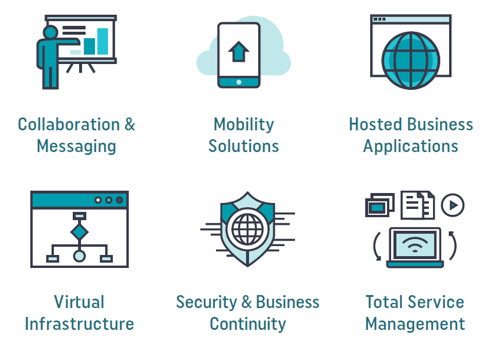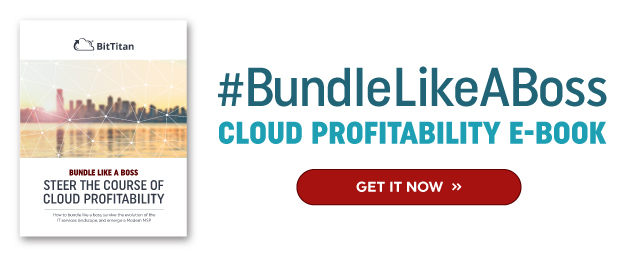As you turn a list of services into a solutions portfolio with competitive pricing and profitable service fees, you’re bound to encounter tough decisions and loads more questions. A great place to start is to think about where you specialize and can differentiate from other IT service providers.

Remember, you’ll add the greatest value by bundling your services to solve real business problems. You can do this by grouping your best-fit products and services into solution suites for customers and wrapping your own professional and managed services around them. Next comes pricing.
Our partners ask us all the time, “What should I charge?” We’re sorry to say it, but there is no simple or correct answer. However, it doesn’t mean we can’t offer some guidance.
Here are five key considerations for pricing and packaging if you want to #BundleLikeABoss.
- Look at any recurring costs—for the products you license, as well as labor (hourly wages). Add these together to get an idea for monthly recurring costs per user for the solution. For example, this could be an Office 365 license plus a managed service—like reporting, alerting, and administrative actions—and the per-user cost of your employees who perform these services.
- Consider amortizing your one-time costs—like migrations or onboarding—across a 12 or 18-month period. Moving these costs from an up-front charge and into the monthly fee means that you’ll collecting additional profits once the expenses are recouped.
- Account for any incentives dollars or discounts you’re able to collect. For example, you may have a special rate for the Office 365 package you can offer customers, or may be able to cash in on an incentive related to cloud products and services, lowering your ultimate costs.
- Crunch some numbers. Add your amortized onetime costs with your monthly recurring costs and subtract your incentives savings. Here is your new total package cost per user. With this new number, you can calculate your margin depending on what you actually charge to the customers.
- Remember that it can be a very complicated process, but it’s also an incredibly important one. Set prices too high and you will lose more deals to the competition; set prices too low and you will leave potential revenue on the table—even worse, you may dilute the profitability of your company.
There’s plenty more to think about.
All of this and more is covered in our Cloud Profitability eBook. Check it out (for free!) to learn more.





